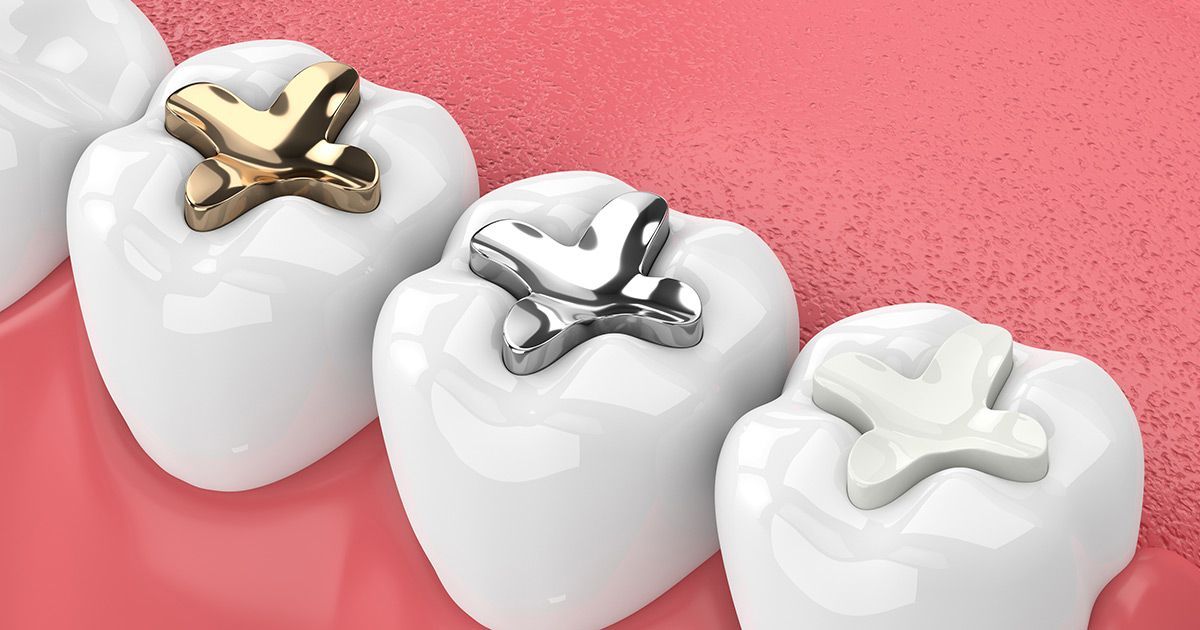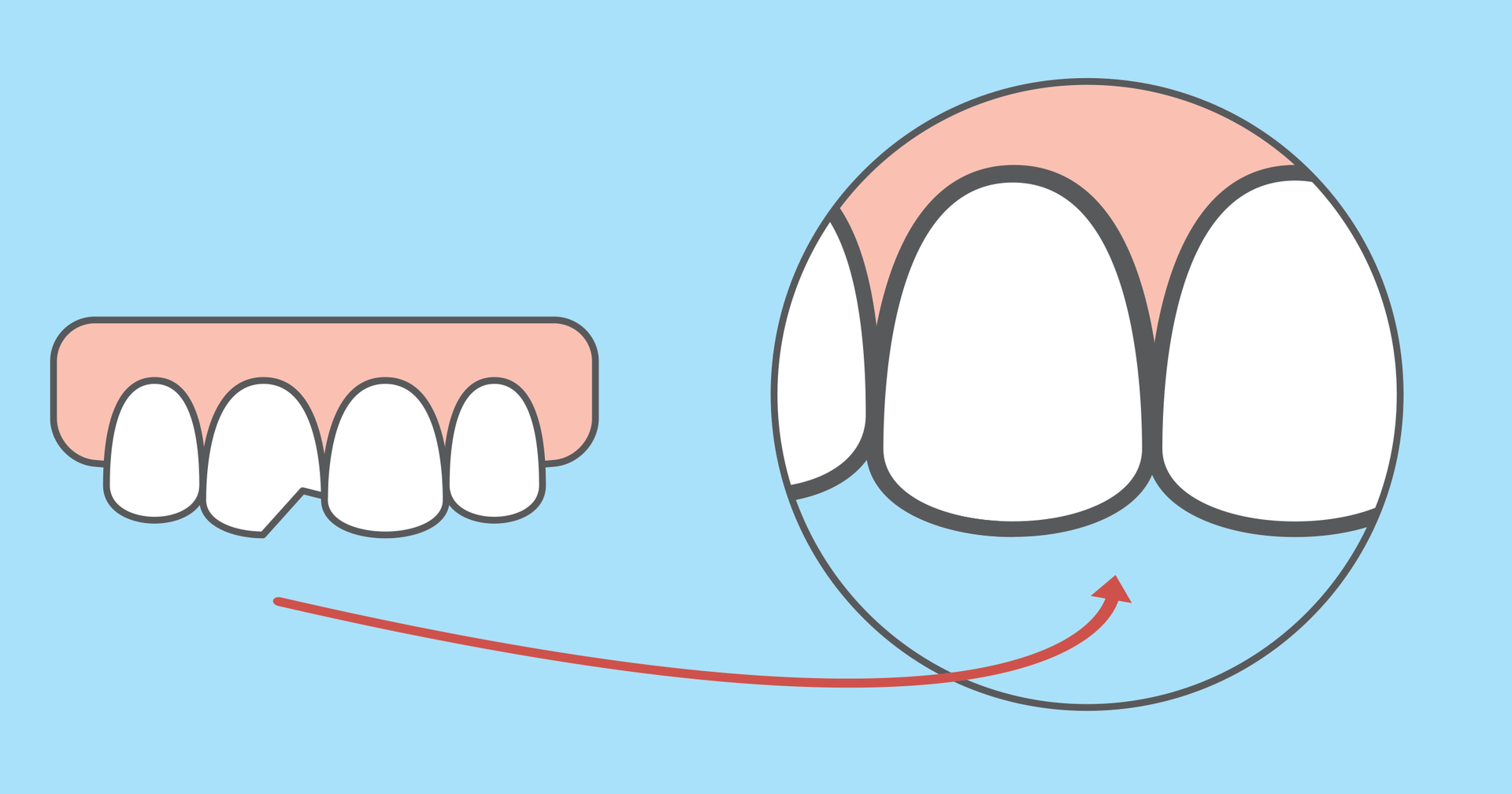Understanding the Different Types of Dental Fillings | Catoosa, OK

If you're looking for a dentist in Catoosa, OK for cavity issues, it's important to understand the different types of dental fillings here.
One in four US adults has an untreated cavity. Are you one of them? If so, you may be considering dental fillings.
Dentists use fillings as a cavity treatment. Cavity fillings can also help treat other types of tooth decay, as well as cracked and broken teeth.
Yet, what many people don't know is that there are five types of dental filling materials to consider.
Which filling material is right for you? We are answering this question and more below, so keep reading to find out!
What Are the 5 Types of Dental Fillings?
The five types of fillings are made from ceramic, composite materials, glass ionomer, gold, or amalgam. Learn more about the types of dental fillings and the materials manufacturers make them from next.
1. Ceramic Fillings
Ceramic filling manufacturers make their products from porcelain. Porcelain is the gold standard in dental materials because it best mimics the look of real teeth. Porcelain is also more durable than other types of filling materials.
On the downside, ceramic is costly. But because of their durability, they also tend to last longer. That means you may get more out of your investment in the long term.
2. Composite Fillings
Composite fillings consist of resins, which are mixtures of powdered glass and plastics. While they are not as tooth-like as ceramic fillings, fillings made from composite materials are as close as you can get.
Many people prefer composites because they are comparable to but more affordable than porcelain. They are also relatively durable. However, the quality of your dentist and your dental hygiene habits can shorten their lifetime.
3. Glass Ionomer Fillings
Glass ionomer fillings are similar to composites. Manufacturers create them using acrylic (a type of plastic) and a byproduct of glass, fluoro-aluminosilicate. As the name suggests, these fillings release fluoride when applied to teeth.
Fluoride is a mineral that protects our teeth from decay, making glass ionomer fillings ideal for children, older adults, and people prone to getting cavities.
However, these benefits come with a few drawbacks. First of all, glass ionomer fillings are relatively weak and may make it harder for you to chew. Secondly, this material does not match well with the natural look of your teeth.
4. Amalgam Fillings
Amalgam fillings are comprised of tin, copper, mercury, and silver. These metals give amalgam fillings their distinctive metallic silver color. Though controversial, amalgam fillings are safe.
This filling material is also incredibly strong, lasting up to 15 years on average. They are also cheaper than composite and porcelain fillings.
Unfortunately, though, amalgam fillings are not very aesthetically pleasing. They also present a higher risk of cracking the underlying tooth than other filling materials.
5. Gold Fillings
Fillings made from gold are not common because they are so pricey. Gold cast fillings can cost 10 times the price of other types of fillings. But on the plus side, they can last more than a decade and, to many people, they look great.
Which Type of Tooth Filling Is Best?
The best type of tooth fillings depends on your unique needs. Whether you are searching for a natural look, affordability, or longevity, there is a tooth-filling material for you.
The Most Natural-Looking Tooth Filling Material
Ceramic fillings are the best choice if you want the most aesthetically-pleasing option. Porcelain mimics the look of tooth enamel and allows light to shine through like natural teeth. This material is also stain-resistant.
The runner-up for most natural-looking is the composite filling. Manufacturers make composites look like tooth enamel. However, composites are not stain-resistant and will discolor with time.
The Least Expensive Tooth Filling Material
Silver amalgam is the best choice if you want to save money on cavity fillings. These incredibly affordable fillings can cost as little as $50 per tooth.
The second-most affordable tooth-filling material is composite resin. These more natural-looking alternatives to amalgam fillings cost as low as $150 per tooth or up to $550 for multiple teeth.
The Longest-Lasting Tooth-Filling Material
Ceramic fillings are also the best choice if you want durability. In fact, porcelain is even stronger and longer lasting than gold and silver fillings! On average, porcelain fillings last at least 15 years or even longer with proper oral care.
Gold is another highly durable tooth-filling material. Yet, since most dental offices do not offer gold fillings, you may want to consider amalgam. Silver fillings last just as long and are equally as strong as gold.
Dental Filling FAQs
By now, we hope you understand the five types of fillings and which one is right for your needs. Now, check out more answers to the web's most searched questions about cavity fillings before you go.
How Long Do Dental Fillings Last?
Ceramic fillings last at least 15 years. Gold and silver amalgam fillings tend to last up to 15 years. Composite fillings last up to 10 years on average, and glass ionomer fillings are the least durable, with 5–7 years of life.
Is Dental Filling Painful?
No, dental filling procedures are not painful. Your dentist will apply a local numbing agent. If you do feel any pain or discomfort during the procedure, let your dentist know, and they can apply more.
How Much Do Dental Fillings Cost?
Amalgam fillings cost $50–$200 per tooth, while composite and glass ionomer fillings cost $150–$300 per tooth. Gold fillings cost $300–$1,000 per tooth, and porcelain costs $300–$4,500 per tooth.
Searching for a Filling Dentist in Catoosa, OK?
There are five types of dental filling materials: porcelain, composite resin, glass ionomer, silver amalgam, and gold. Porcelain is the gold standard in filling materials. But composites offer great value.
Do you need dental fillings in Catoosa, Oklahoma?
Dental Arts of Catoosa is a
family dentist offering ceramic and composite fillings.
Schedule your appointment at our Catoosa office today!










